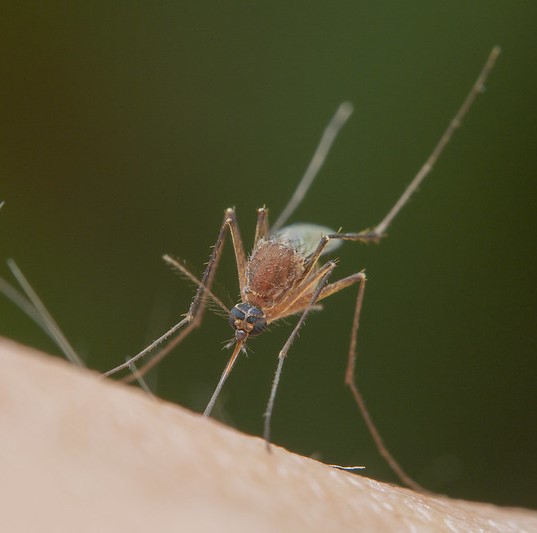The Coalition for Epidemic Preparedness Innovations (CEPI) and the University of Oxford have committed $80 million to the development of a vaccine targeting "Disease X," or unknown pathogens with the potential to cause pandemics.
The money will be used to work on vaccine prototypes against viral families most at risk for becoming pathogens that threaten human health at the pandemic scale.
"This is a ground-breaking commitment from CEPI to provide momentum that will drive the critical research that we need to be better prepared for future pandemics," said Sir Andrew Pollard, PhD, director of the Oxford Vaccine Group, in a CEPI press release. "Building on our extensive experience in vaccine development over the past 30 years and world-leading response to COVID-19 with the Oxford-AstraZeneca vaccine, we will strive with CEPI to secure the safety of future generations against the ongoing threats from the microbial world."
This is a ground-breaking commitment from CEPI to provide momentum that will drive the critical research that we need to be better prepared for future pandemics.
CEPI cited the example of COVID-19, climate change, and globalization as signs that an outbreak from Disease X is inevitable, and the world must be prepared to react swiftly with vaccination. CEPI has previously stated that the goal is to develop vaccines against an emerging pathogen within 100 days.
"CEPI's strategic partnership with the University of Oxford will make a vital contribution to our work to drive forward the 100 Days Mission," Richard Hatchett, MD, CEO of CEPI, said. "The partnership enables CEPI to deploy Oxford's ChAdOx technology—one of only a handful of proven rapid response vaccine platforms in the world."

 A study conducted among women in Seattle found that, despite a nearly threefold drop in ciprofloxacin prescriptions over 6 years, the amount of fluoroquinolone-resistant Escherichia coli (FQREC) circulating in the community increased, researchers reported earlier this month in Communications Medicine.
A study conducted among women in Seattle found that, despite a nearly threefold drop in ciprofloxacin prescriptions over 6 years, the amount of fluoroquinolone-resistant Escherichia coli (FQREC) circulating in the community increased, researchers reported earlier this month in Communications Medicine. A new
A new  A pediatric hospital system wasted 58,607 antibiotic doses worth more than $230,000, including drugs in limited US supply, in 2 years, finds a
A pediatric hospital system wasted 58,607 antibiotic doses worth more than $230,000, including drugs in limited US supply, in 2 years, finds a 











